Ballet in Architecture – from fluid architecture to interactive design
For quite some time now, the highly global wish to stop separating ourselves from both the natural world and our technology has had a noteworthy influence over the design and the architectural world. We are entering an age of entanglement, in which everything connects through both biology and technology, in which the analogies between architecture, fashion and the space industry are not that far-fetched anymore. But what are the first things to prove it, except for theory and manifesto texts?

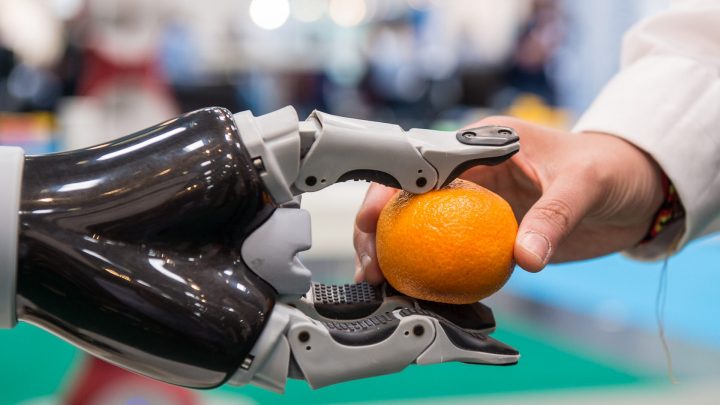




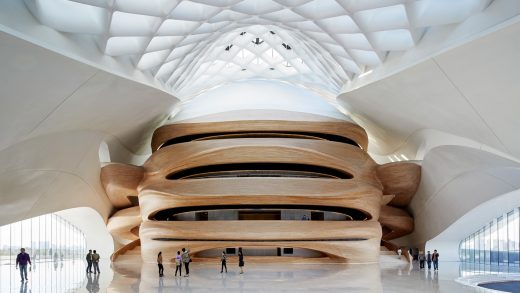
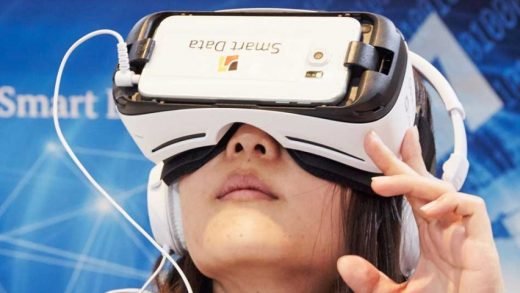
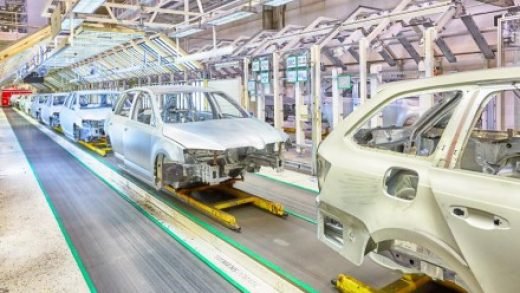

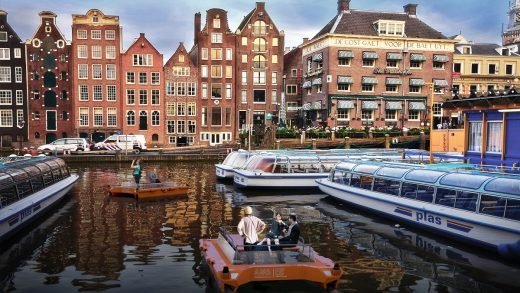
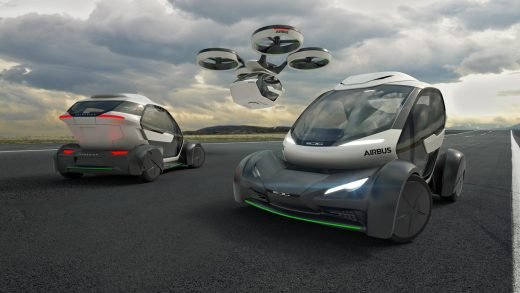
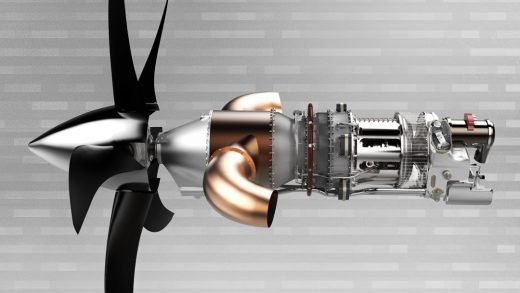
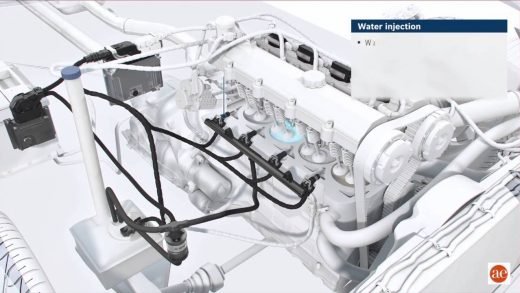
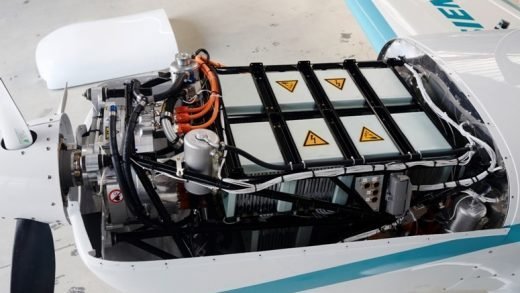
Recent Comments